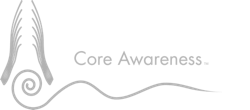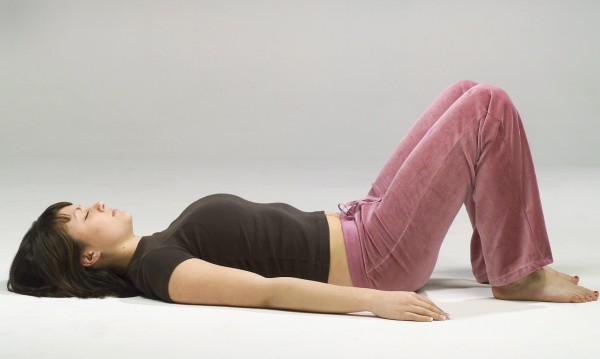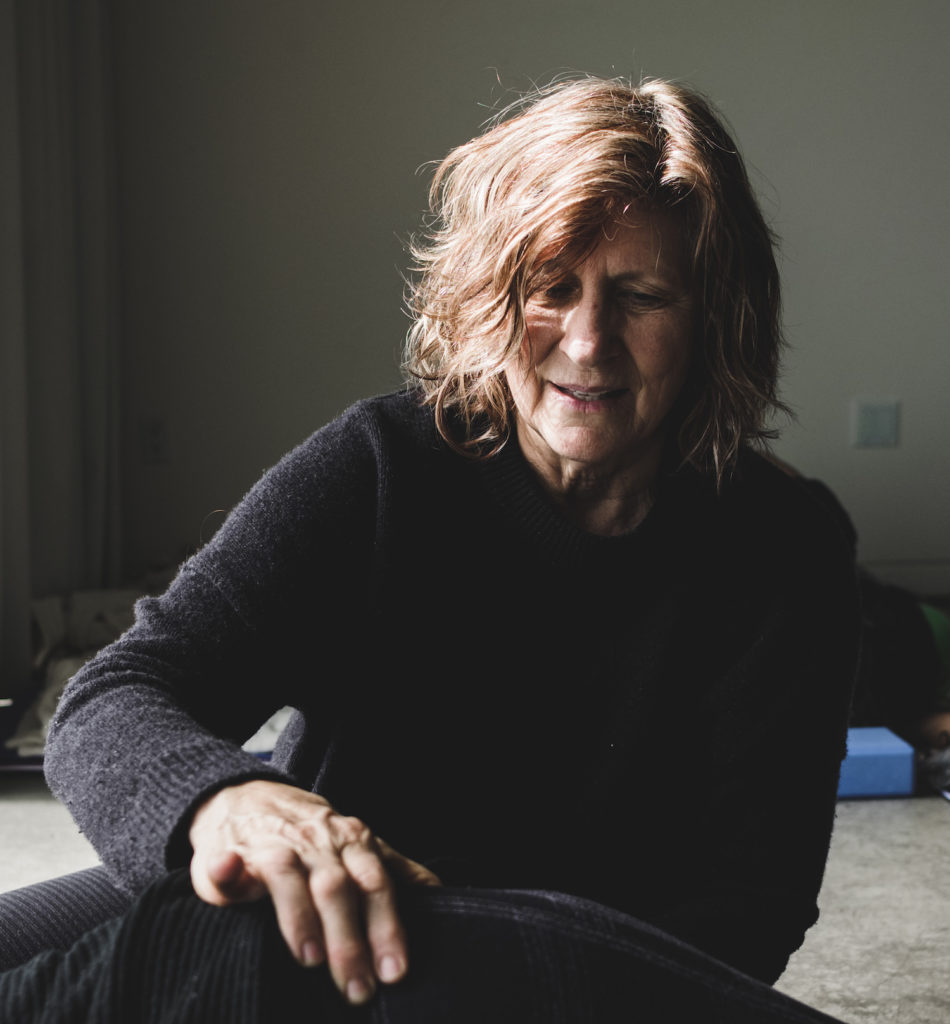Located behind those flab or fab abs is a little known but oh so powerful muscle called your PSOAS (pronounced so-as). The only muscle to connect your spine to your leg, the psoas influences everything from low back pain and anxiety, to full body orgasms and pure pleasure. It is a supple, juicy dynamic muscle.
So why don’t people know about the psoas and why do so few physicians ever mention it?
Subtle to sense, the psoas is not easy to locate and because it is so deep within the human core, it can not easily be palpated (nor is it a good idea to have your psoas manipulated!).
A part of the flee/fight/freeze response, invasive techniques can exacerbate psoas problems. A primal messenger of the central nervous system the psoas is an emotional muscle expressing what is felt deep within the belly core – what is commonly referred to as “gut feelings”.
A tense psoas can disturb digestion, reproductive functioning and create a host of other aliments. Released and vital it fosters feelings of pleasure and comfortable.
Constructive rest is an easy position for releasing tension in your psoas muscle. After work and before your evening meal take 10 – 20 minutes to rest in constructive rest and feel the benefits.
A safe and comfortable position, constructive rest helps to relieve back, pelvic and leg fatigue and tension. Begin by resting on your back. Knees bent and feet placed parallel to each other, the width apart of the front of your hip sockets. Place your heels approximately 12-16 inches away from your buttocks. Keep the trunk and head parallel with the floor. If not parallel place a folded, flat towel under your head. DO NOT push your lower back to the floor or tuck your pelvis under in an attempt to flatten the spine. For best results keep the arms below the shoulder height letting them rest over the ribcage, to the sides of your body or on your belly. There is nothing to do; constructive rest is a BEING position.
In this simple position gravity releases the psoas and you’ll feel more at peace with your self and the world.


